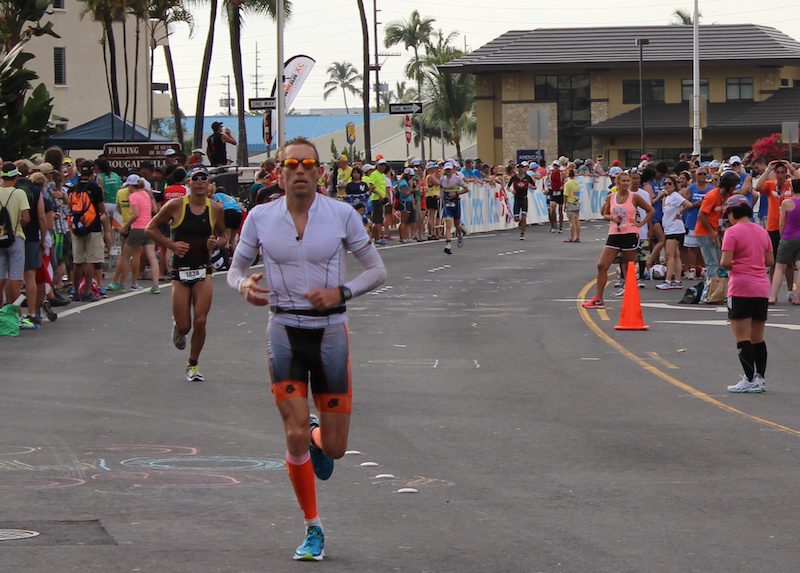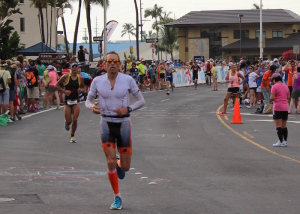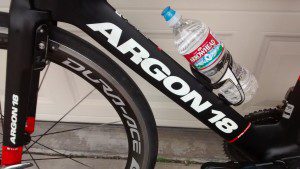Six Small Things Fixes to Avoid Big Problems

 When your competitions last for hours, small problems can become big ones over the course of a race. These six tips will help you avoid common problems before they can become magnified.
When your competitions last for hours, small problems can become big ones over the course of a race. These six tips will help you avoid common problems before they can become magnified.
Measure out amounts of liquid in paper cups
The amount of liquid in an aid station cup can range from overflowing, to a few drops and everywhere in between. This makes it extremely difficult to know how much nutrition and hydration you are actually taking in. The risk of taking in too much or too little at each aid station can be huge when you multiply it over the course of a long distance race. Minimize this risk by measuring and pouring different amounts of liquid into small paper cups in order to gain a better understanding of what different amounts look like. Then practice with these measured amounts to quantify how much liquid you are consuming by the number of gulps you take. I have found that for me one gulp is equal to one oz. of fluid. Plan your nutrition strategy on the number of gulps you take and make sure that the cups you grab have at least that amount of liquid.
 Practice with the exact water bottles used on course
Practice with the exact water bottles used on course
Before a race, find out what bottles for water and sports drink are going to be used at aid stations and practice with them. Information on what bottles will be used often appears in the Athlete’s Guide and if not, look at race photos from previous years. For example, aid stations at Ironman Hawaii stock the 700ml Arrowhead Brand sport top bottle. Check the exact volume of the bottles and their nutritional content so you can plan your race day fuelling accordingly. Make sure the bottles don’t eject from any bottle cages on your bike both when full, as well as when crumpled from squeezing. Also, check that the bottles don’t leak while in any of your cages. This can be a big problem with a bottle cage that is mounted horizontally between your aero bars. Practice with the Gatorade sport top bottles to make sure you are twisting the bite valve the right way. It is never a good feeling to get a Gatorade shower from twisting too hard in the wrong direction. Lastly, practice with the bottles to make sure you can take the seal off of a Gatorade bottle riding at speed without getting frustrated!
Practice with transition bags
Forgetting to grab gels, sunglasses or anything else important in your transition bag can very detrimental to your race day success. It is a problem you hear about happening time and time again. In order to avoid this, keep a couple of spare transition bags from previous races so you can practice with them. If you are struggling to grab things out of the bottom of the bag, you can create clever ways to remember them and make them more easily accessible. Some examples are, putting an elastic band around your gels, attaching sunglasses to your race belt and taping gels to the top of the bag and putting your essentials inside your running shoes. For iron distance racers, it is great to use these same bags to practice your special needs grab. With enough practice, you will be able to hold the bag with your teeth while taking the pickles out of your Big Mac for the second half of the bike ride.
Practice aid stations with both hands
Grabbing a bottle while riding through a hectic aid station can be tough, but making it to the next aid station without the proper nutrition can be even tougher. A little practice can make the difference between successfully grabbing the last bottle from a volunteer or really rough day. In North America, aid stations will typically be on the right hand side of the road, but make sure you practice on the left as well as some courses, including Ironman Canada, will have aid stations on the left side of the road.
Swim on the course at the same time as the race
Swimming on the course at the exact time of the day allows you to better prepare for the sighting conditions on race day and keep you from swimming off course. Take note of what time the sun rises and where it rises. Use this information to determine what goggle tint will be optimal for race day. If the swim portion ends before the sun comes up, you might be better off using a lighter tint. It is also good to be mentally prepared for courses where you swim directly into the sun. There is also something calming about being a start line with the feeling that you have already been there before.
Soak your race shoes and socks before a long run
Blisters and chafing can cripple even the fittest athlete. Make sure this doesn’t happen by practicing with your race equipment under the same conditions you will race day. Whether it’s water, Gatorade, or urine, as triathletes our shoes get wet – there is no way around it. This is why companies such as Asics puts drainage holes in all their tri shoes. Wet shoes and socks can play a huge role in the formation of blisters. Find out what spots on your feet and body are susceptible to blistering and chafing by soaking your clothes, shoes and socks in training. If you find a bad spot, draw a picture of yourself and your feet and highlight where that problem area is so that you remember exactly where they are for race day. Putting a little Vaseline on that area of your socks or shoes can solve these potential problems before they start.
